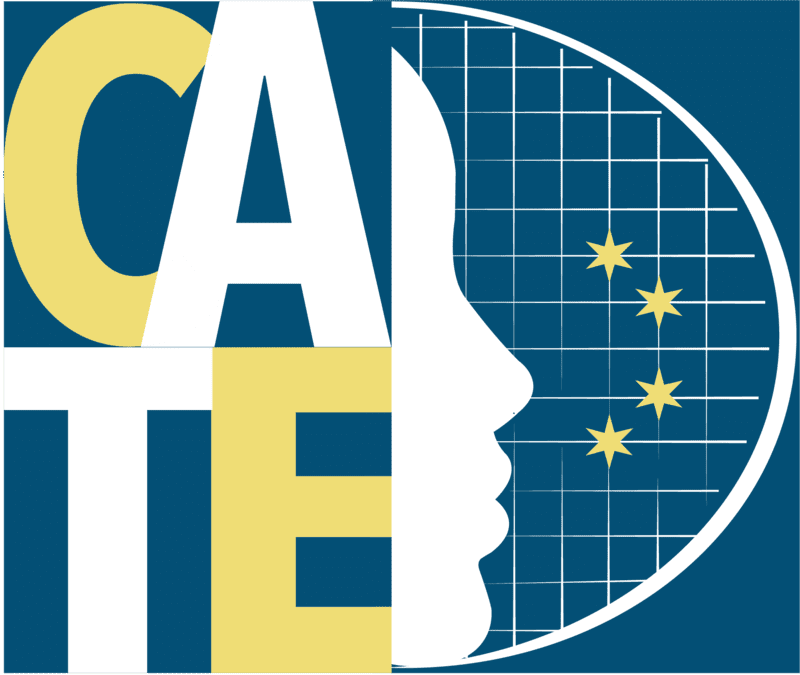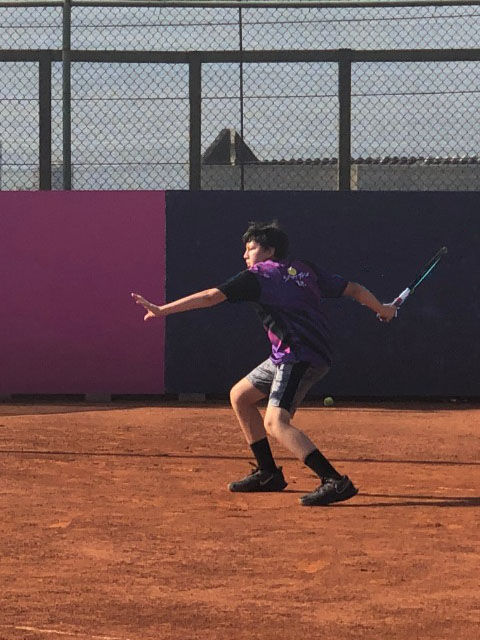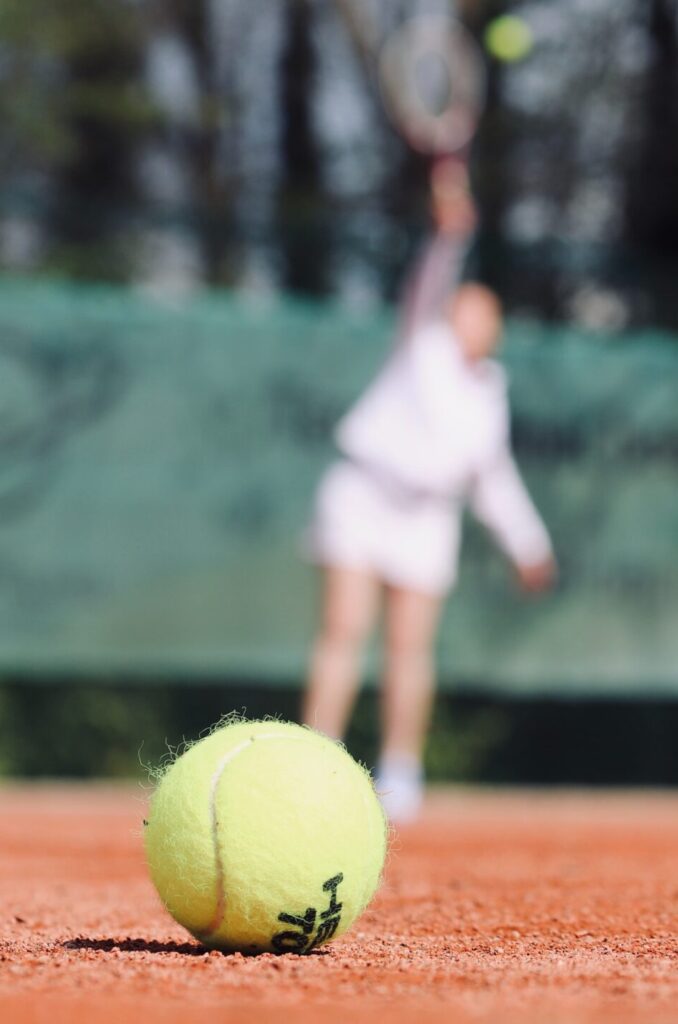
Children's Academy
of Tennis Excellence
A ludus for competitive tennis athletes from underserved communities.
Who We are
A Ludus for competitive tennis athletes from underserved communities in ancient Rome, a Ludus was a training school for Gladiators, who irrespective of their origins inspired admiration and popular acclaim.
Similarly, CATE will strive to develop athletes and instill a sense of competitive spirit that will empower them to excel at national and international levels.
Vision
Mission
Children's Academy of Tennis Excellence

In order for a player to reach their full potential, they will need a coach, support, ability and the will to do whatever it takes to reach success. There is no magic formula when developing a player, with preparation, goal setting, and evaluation, players can improve. As a Coach, I strive to find what is best for the individual to develop their technical, physical, mental, and tactical skills. I never focus on results as winning and losing doesn’t always reflect success. Hard work and grit will supersede talent alone.
Pfungwa Mahefu - CATE's President
CATE Athlete Development Program

Staged Development Plans
Age and skill level-appropriate plans will
be tailored to students to introduced and develop to fundamental
movement and technical concepts.
Kids should develop a familiarity of
the game of tennis, learn about the type of equipment used and also
what type of attire is worn for tennis. For youth ages 10 and under, ADP
will incorporate USTA’s QuickStart program. With QuickStart, everything
is kid-sized - racquets, courts, nets - and instruction is age-appropriate.
Special low-compression balls, simplified scoring, and emphasis on
teamwork will be instilled.
Through this grassroots process the main goal is to get the kids
interested in the game of tennis and expose them to opportunities tennis
can offer e.g. individual sport, chance to travel and visit different places,
chance to represent their district, region, and country. ADP will also
feature age-appropriate fitness and conditioning activities that work on
agility, balance, hand-eye coordination, reaction time and footwork.
Through the initial introductory period, CATE will also identify athletes
who stand out with great speed, agility, balance and coordination.
Assessment will be conducted to identify high-performing hand-eye
coordination, striking ability and the ability to send and receive for
example, in addition to being able to throw and catch.
The next development stage will be to separate those that have been
identified to have some outstanding abilities in the skills developed
earlier.
This stage will focus more strengthening the fundamentals and
utilizing proper foot work patterns to execute different shots in tennis.
ADP coaches will next focus on performance, as the kids’ skills will have
developed to point to introduce them to competition.
Athletes will have
opportunities to both compete against each other and as they progress,
also compete against kids from other clubs. Students have to find
success at each stage before they move up to the next level. ADP will
use a matriculation system to advance the kids.

Pre-Training and In-Training Assessment Rubrics
Initial formal assessment and in-training assessment rubrics to determine student competency and tailor training needs. These also allow coaches to informally assess student learning and progress through ageappropriate tasks to test the child’s skill competency. Observations will be utilized to refine training sessions.

Health, Wellness and Nutritional Support
The program will take a holistic approach to training, recognizing that high-quality nutrition is critical to athlete development. This will be conducted in partnership
CATE Athlete Development Program
Staged Development Plans


Pre-Training and In-Training Assessment Rubrics
Health, Wellness and Nutritional Support
The program will take a
holistic approach to training, recognizing that high-quality nutrition is
critical to athlete development. This will be conducted in partnership


Conclusion and next steps
Immediate next steps involve: